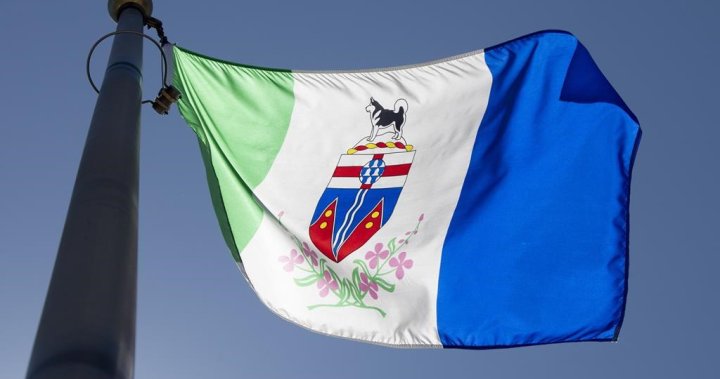The remote fly-in community of Old Crow in Yukon has been issued an evacuation order due to a change in weather conditions that increases the risk of wildfires. The Vuntut Gwitchin First Nation government has taken this precautionary measure in response to the expected significant increase in winds from the north and northeast over the next two days. Old Crow, which is located approximately 800 kilometers north of Whitehorse, has been under an evacuation alert since August 3rd due to the presence of several nearby wildfires.
To facilitate the evacuation process, Air North, an airline partially owned by the First Nation, will be transporting the residents of Old Crow to Inuvik in small aircrafts, before boarding them onto a larger plane bound for Whitehorse. This evacuation order comes after Mayo, another Yukon community located about 400 kilometers north of Whitehorse, was also evacuated on Sunday due to the nearby Talbot Creek fire. The Yukon government currently lists 138 fires burning in the territory.
In British Columbia, the Donnie Creek wildfire, which was one of the province’s largest-ever wildfires, has been downgraded from a “wildfire of note”. Despite this downgrade, the fire is still considered to be out of control, although favorable weather conditions, rainfall, and ongoing suppression efforts have helped reduce the scale of the blaze. Fire information officer Sharon Nickel mentioned that the fire is expected to remain on the fire map for some time, but the situation is being positively impacted by the improved weather and the diligent work of firefighting crews.
Meanwhile, in the fire zone near Burns Lake, B.C., the wildfire service has classified six blazes as being held, showing progress in containment efforts. Currently, there are over 400 fires burning in the province, keeping the wildfire service occupied.
On a positive note, all evacuation orders around Osoyoos in southern B.C. have been lifted. The community faced the threat of a wildfire after it crossed over from Washington state, but favorable wind shifts prevented the flames from spreading further. The Regional District of Okanagan-Similkameen has also rescinded its state of local emergency related to the Eagle Bluff wildfire, which has been contained within a nearly 71-square-kilometer area just west of Osoyoos. Previously evacuated homes have been cleared of further restrictions as the BC Wildfire Service no longer expects the fire to expand.
In conclusion, the evacuation order in Old Crow reflects the proactive and cautious approach of the Vuntut Gwitchin First Nation government, prioritizing the safety of its residents in light of the changing weather conditions. The downgraded status of the Donnie Creek wildfire and the progress made in containing other blazes demonstrate the positive impact of favorable weather and dedicated firefighting efforts. The lifting of evacuation orders in Osoyoos is a relief for the community as they can now return to their homes with reduced restrictions, thanks to the successful containment of the Eagle Bluff wildfire.
Denial of responsibility! VigourTimes is an automatic aggregator of Global media. In each content, the hyperlink to the primary source is specified. All trademarks belong to their rightful owners, and all materials to their authors. For any complaint, please reach us at – [email protected]. We will take necessary action within 24 hours.


